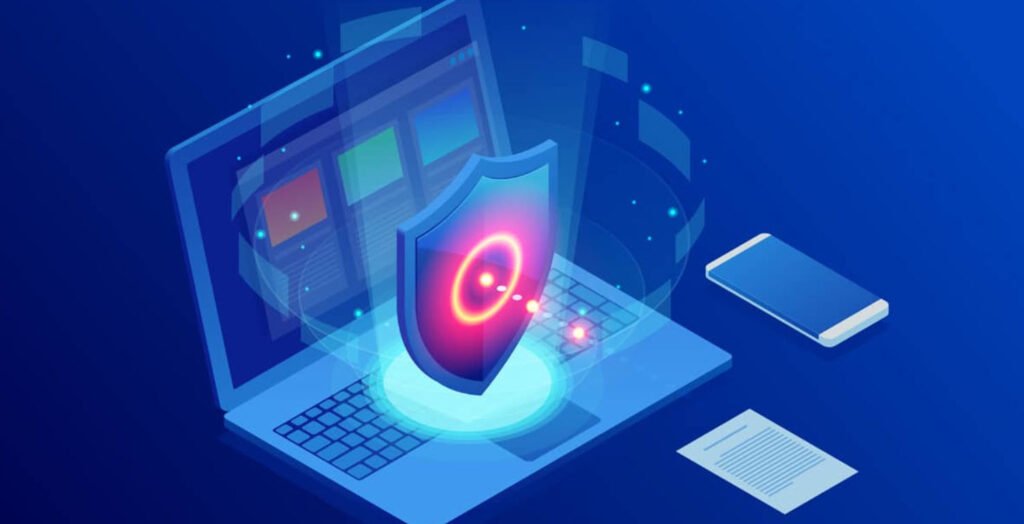
In today’s digital age, safeguarding sensitive information is of utmost importance for organizations. Developing robust security policies and procedures is a critical step in protecting an organization’s assets and maintaining the trust of clients and stakeholders. Security policies act as a framework that outlines how information assets will be protected, accessed, and managed within the organization.
To ensure the effectiveness of these policies, several key elements must be carefully considered during their development.
- Identifying the Organization’s Assets
- Defining the Risks
- Managing Information Assets
- Authentication and Access Controls
- Appropriate Use of Electronic Media and Services
- Information Access and Distribution
- Implementing Security Controls
- User Notification and Compliance
- Security Enforcement and Responsibility
- Incident Response and Disaster Recovery
1. Identifying the Organization’s Assets
The first step in developing effective security policies is to identify and categorize the organization’s assets. These assets can include tangible items like computer systems, networks, and data centers, as well as intangible assets like intellectual property, customer data, and proprietary software. Understanding the full spectrum of assets will allow the organization to prioritize their protection based on their criticality.
2. Defining the Risks
Once the assets are identified, a comprehensive risk assessment should be conducted. This involves identifying potential threats and vulnerabilities that could compromise the security of the organization’s assets. Risk analysis helps to quantify and prioritize the potential impact of different security threats, allowing the organization to allocate resources effectively.
3. Managing Information Assets
Defining how information assets will be managed is crucial for ensuring their confidentiality, integrity, and availability. This includes creating procedures for data handling, storage, transmission, and disposal. Implementing access controls, encryption, and backup mechanisms are essential components of managing information assets effectively.
4. Authentication and Access Controls
Establishing a robust authentication process is vital to prevent unauthorized access to sensitive information. Password policies, multi-factor authentication, and role-based access controls are common practices that help ensure only authorized personnel can access specific resources.
5. Appropriate Use of Electronic Media and Services
Clear guidelines should be outlined in the security policies regarding what constitutes appropriate use of company-owned electronic media and services. This includes rules for internet usage, email communications, and acceptable software installations.
6. Information Access and Distribution
The policies must clearly define the types of information that employees are allowed to access and distribute, as well as the approved methods for doing so. This helps prevent data leaks and ensures that sensitive information is shared only with authorized individuals and in secure ways.
7. Implementing Security Controls
Identifying the security controls that will be put in place is essential to mitigate risks effectively. These controls may include firewalls, intrusion detection systems, data encryption, and antivirus software. Regular security audits should be conducted to ensure that these controls are functioning as intended.
8. User Notification and Compliance
Employees should be made aware of the organization’s monitoring and auditing procedures, as well as the consequences of noncompliance with security policies. This awareness encourages responsible behavior and reinforces the importance of adhering to security guidelines.
9. Security Enforcement and Responsibility
It is crucial to identify individuals or teams responsible for enforcing security policies within the organization. This may involve appointing a Chief Information Security Officer (CISO) or assigning specific roles to IT staff or managers. Everyone in the organization should understand their role in maintaining information security.
10. Incident Response and Disaster Recovery
In the unfortunate event of a security breach, disaster, or noncompliance with policies, the organization must have a well-defined incident response and disaster recovery plan in place. This plan outlines the steps to be taken to mitigate the impact of the incident, recover lost data, and prevent similar incidents in the future.
In conclusion, developing effective security policies is an ongoing process that requires collaboration among various stakeholders within the organization. These policies should be periodically reviewed and updated to align with the changing threat landscape and the organization’s evolving needs.
By incorporating the aforementioned key elements into their security policies, organizations can establish a robust security posture and safeguard their critical assets, data, and reputation from potential cyber threats.
You may also like:- Gmail and Facebook Users Advised to Secure Their Accounts Immediately
- Pentagon’s Proactive Approach to Cybersecurity – Over 50,000 Vulnerability Reports Since 2016
- Windows Hardening – Key Points To Remember
- Top 10 Fundamental Questions for Network Security
- How to Remove x-powered-by in Apache/PHP for Enhanced Security
- 12 Point Checklist – PHP Security Best Practices
- Secure Programming Checklist – 2023 Compilation Guide
- The Ultimate Network Security Checklist – 2023 Complete Guide
- A Comprehensive Guide to Crafting Strong Passwords
- Top 28 Essential Tips To Safeguard Your Computer








